[ad_1]
There is often so much pressure on us to get our kids to drink enough water (and on us to drink it too!) that I wanted to share some hydrating foods that you might already be serving regularly. Which means, you probably don’t have to worry so much about actual water intake!

Hydration for Kids
Did you know that most produce is over 90% water content? I didn’t either! But it’s so reassuring to know this because it can greatly reduce the pressure we feel to push cups of water.
Honestly, I don’t think that we need to be counting cups unless we’re noticing issues (particularly on hot days) such as sluggishness or very dark colored urine. By simply making water available in a sippy cup or water bottle throughout the day and at meals and snacks, the kids will usually hit the recommended amounts.
Speaking of which, here are the actual recommendations from the American Academy of Pediatrics:
- “At around 6 months, babies can be introduced to water. They only need about 4-8 ounces per day until they are a year old because the rest of their liquids are coming from breastmilk or formula.”
- “To stay well hydrated, children ages 1-3 years need approximately 4 cups of beverages per day, including water or milk. This increases for older kids to around 5 cups for 4-8 year olds, and 7-8 cups for older children.”
- “It should be noted that these amounts vary by individual and may need to be adjusted depending on levels of activity and environmental conditions like heat and humidity.”
TIP: Note that they include milk in their liquid recommendations, so count the milk your child drinks.
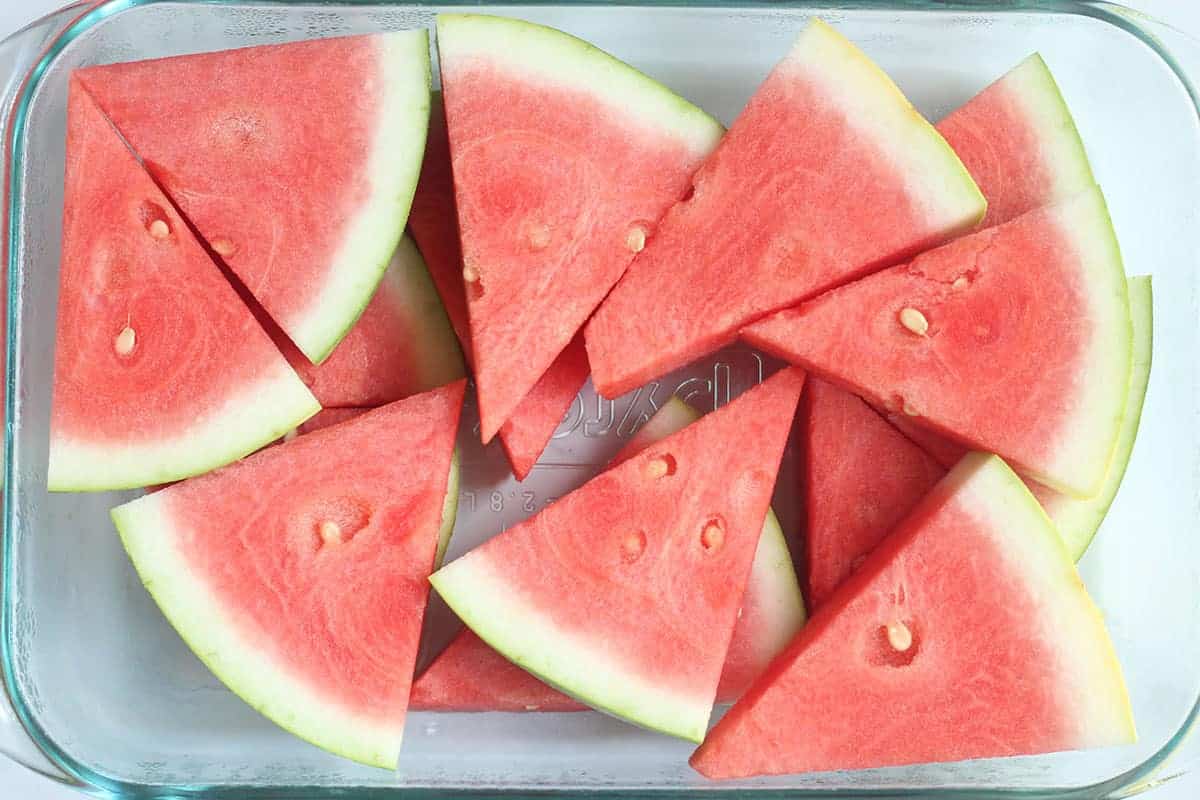
Hydrating Foods
Here are some examples of foods that contain high water content. Many of these probably already show up in your shopping cart!
- Bell Pepper
- Blueberries
- Broccoli
- Cantaloupe
- Carrots
- Celery
- Cucumber
- Grapes
- Flavored water (like Hint)
- Honeydew
- Infused water (like adding crushed fruit or cucumber slices)
- Juice (or water with a splash of juice for flavor)
- Lettuce
- Milk
- Oranges (or other citrus)
- Peaches
- Pear
- Pineapple
- Popsicles
- Sorbet
- Strawberries
- Tomatoes
- Yogurt
- Watermelon
- Zucchini
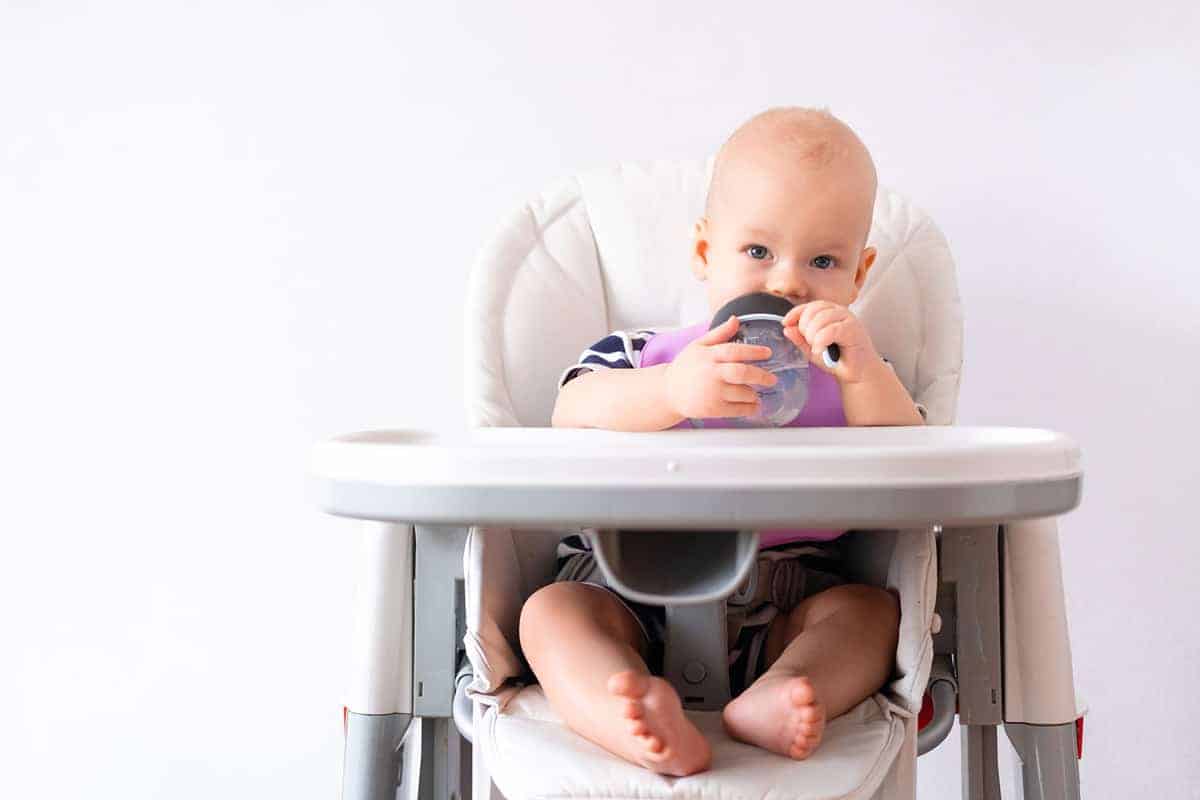
Signs of Dehydration in Kids
According to the American Academy of Pediatrics, these are the signs of dehydration to keep an eye out for in little kids:
- Fewer than normal wet diapers
- Less urination or dark urine (urine should be very light yellow, almost clear)
- No tears when crying
- Dry lips or mouth
- Sleepy and irritable
- Flushed skin
TIP: Always call your pediatrician with medical concerns.
Frequently Asked Questions
Kids aged 1-4 need about 4 cups of liquids a day, whether that’s breastmilk, water, milk, or other drinks. (Hydrating foods can go towards that goal too, and generally speaking, this is not something you need to track carefully unless there’s a medical issue.)
Keeping their water bottle in reach can be a simple way. And if they don’t like plain water, consider adding some crushed fruit, a splash of juice, and offering some of the other hydrating foods and drinks listed above.
The easiest symptoms of dehydration to recognize in kids include fewer than normal wet diapers, less urination or urine that is very dark in color (it should be very light yellow), no tears when crying, dry lips or mouth, sleepy and irritable, and/or flushed skin.
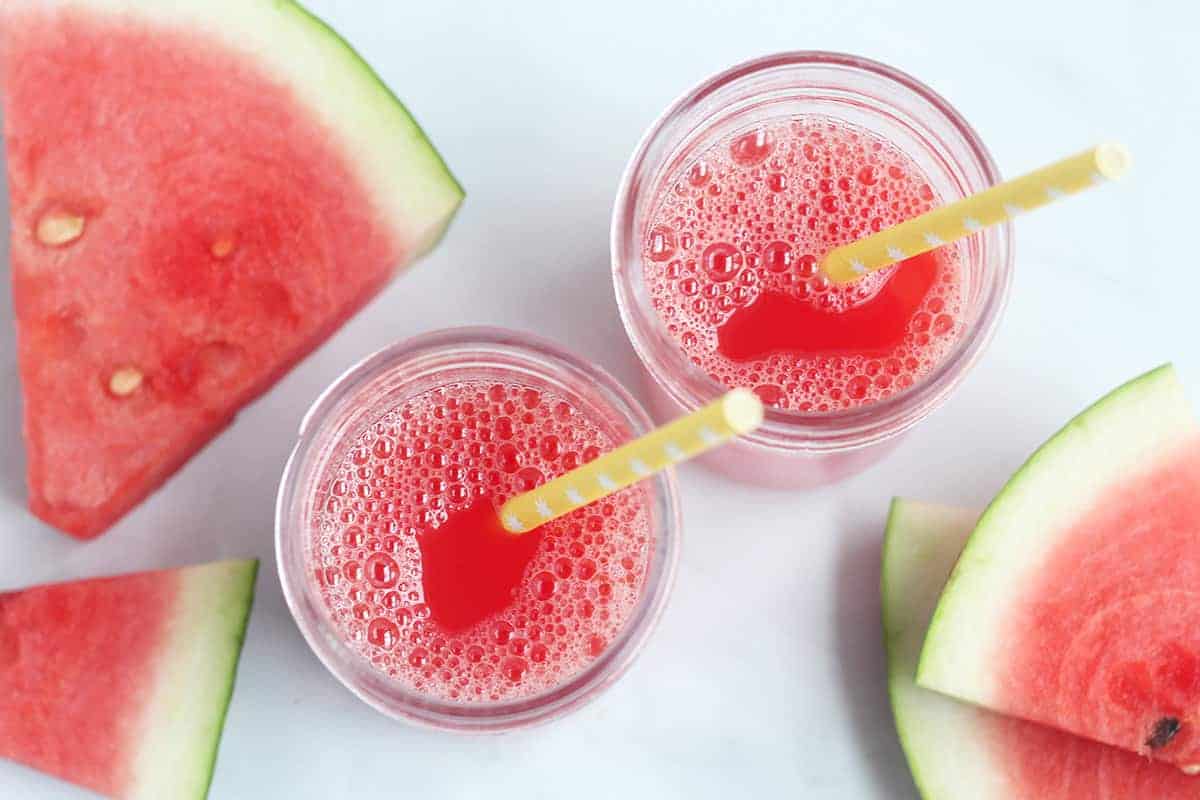
Hydrating Recipes to Try
If you want a few other ideas to add more hydration into the mix, these are delicious options.
This is a perfect way to use up some of a giant watermelon and is also a wonderful way to help the kids stay hydrated in the warmer months. You can scale the recipe up or down to make more or less as you like.
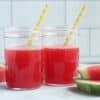
Pick one flavor variation at a time or see the Notes for a few additional ideas!

Transform diced fruit into delicious homemade fruit cups that rival store-bought in terms of flavor and cost. You can make more cups or less, according to your preference.
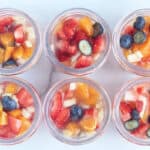
Transform fresh watermelon into the most refreshing sorbet with one simple technique. It’s a great dessert or hydration strategy to share with the kids!
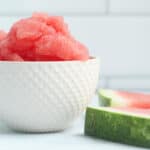
I like to make these with red grapes. Choose seedless to avoid seeds in the blender.
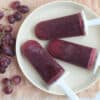
Learn to customize yummy smoothies for your toddler by starting with one simple method.

Scale this up or down according to how many servings you’re planning to make. The directions here are for one small toddler-size serving. (It’s okay if your kiddo wants more or doesn’t eat a whole serving though!)
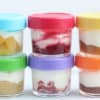
If you want to make more pops, simply double the recipe! If you have a toddler who’s super sensitive to textures, use mango instead of kiwi for extra creamy results.
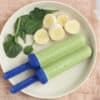
You’ll choose ONE ingredient to blend up—a fruit, a veggie, or beans. See the list below. You can make enough for a few days or make a double batch to freeze more baby food for future weeks. The nutrition information will vary based on which ingredients you use.

Feel free to double this recipe to make a larger batch.

Best Tips for Hydration
- Keep water accessible in a sippy cup or bottle throughout the day and at meals and snacks. Take it with you when you go to the playground or out to play.
- Don’t worry about counting cups, unless there’s a medical issue at play, but aim to serve and offer drinks regularly.
- Keep some of the hydrating foods listed above in the mix.
- If the color of the kids urine is darker than usual, offer additional liquids throughout the day.
- Remember that hydration is key for lessening any struggles with constipation.
- If you struggle with helping the kids do any of the above, try offering a popsicle in the bathtub or buying fun paper straws. Novelty can often help!
- You may also like my favorite Drinks for Kids, the Best Sippy Cups, and my full explainer on When Babies Can Have Water.
Chime in below with any comments, questions, or feedback!
[ad_2]
Source link


